

Articles
What Is A White Electrical Wire
Modified: January 6, 2024
Discover articles explaining what a white electrical wire is and its uses. Learn about electrical wiring and how to safely handle and install white wires in your home.
(Many of the links in this article redirect to a specific reviewed product. Your purchase of these products through affiliate links helps to generate commission for Storables.com, at no extra cost. Learn more)
Introduction
When it comes to electrical wiring, there are various colors used to distinguish different types of wires. One of the most commonly used colors is white, which has a specific purpose and application in electrical systems. In this article, we will explore what a white electrical wire is, its definition, common applications, wire color coding standards, the role it plays in electrical systems, and safety considerations when working with white electrical wires.
Electrical wiring is a crucial aspect of any building, whether it’s a residential, commercial, or industrial structure. It provides the necessary power and connectivity for various electrical devices and equipment to function properly. Understanding the different types of wires and their purposes is essential for safe and efficient electrical installations and repairs.
Now, let’s dive into the world of white electrical wires and uncover their significance in electrical systems.
Key Takeaways:
- White electrical wires serve as neutral conductors, completing circuits and providing a return path for current in electrical systems. Understanding their role is crucial for safe and efficient installations and repairs.
- Safety is paramount when working with white electrical wires. Adhering to wire color coding standards, prioritizing proper insulation, and consulting professionals when needed ensures a secure and reliable electrical system.
Definition of a White Electrical Wire
A white electrical wire is a specific type of wire used in electrical systems that serves a particular function. It is typically made of copper or aluminum conductive material, which allows for the flow of electrical current. The white color coating on the wire serves as a visual indicator, distinguishing it from other colored wires.
White wires are generally designated as neutral wires in electrical systems. They are responsible for carrying current back to the electrical panel from various outlets, switches, and fixtures in the circuit. The neutral wire completes the electrical circuit, balancing the flow of electricity and providing a return path for current.
It’s important to note that not all white wires are neutral wires. In some cases, white wires may be used as hot wires, where the current flows to power specific devices or outlets. However, proper labeling and adherence to electrical codes are essential to avoid confusion and ensure safe electrical installations.
White electrical wires are typically found in both residential and commercial electrical systems. However, they may have different designations and applications based on the specific electrical codes and regulations of the particular region or country.
Understanding the functions and applications of white electrical wires is crucial when working on electrical systems, as it ensures compliance with safety standards and prevents potential electrical hazards.
Common Applications of White Electrical Wires
White electrical wires have several common applications in electrical systems. Here are some of the most frequent uses:
- Neutral Wiring: One of the primary applications of white electrical wires is as neutral wiring. In both residential and commercial settings, white wires are used to connect outlets, switches, and light fixtures to the electrical panel. They provide the return path for electrical current.
- Grounding: White wires are sometimes used as grounding wires. Grounding is an essential safety measure that helps protect against electrical shocks and short circuits. The white wire, when used for grounding, is connected to a grounding electrode, such as a grounding rod, which provides a path for excess electrical current to safely dissipate into the ground.
- Switch Legs: In electrical circuits that involve switches, white wires may be used as switch legs. A switch leg carries the current from the switch to the lighting fixture or other devices. They are typically found in situations where the power source is located at the fixture or another location away from the switch.
- Travelers in 3-Way Switches: In 3-way switch setups, where two switches control a single light or set of lights, white wires are often used as travelers. Traveler wires allow the flow of electricity between the switches, allowing for multiple control points for the lights.
- Low Voltage Wiring: White wires can also be used for low voltage applications, such as wiring for doorbells, thermostats, or security systems. Low voltage wiring typically uses a different voltage range than standard electrical wiring, and the white color helps differentiate it from higher voltage wires within the system.
It’s important to note that the specific application of white electrical wires may vary depending on electrical codes and regulations in different regions. Always consult local electrical codes and guidelines when working with white electrical wires or any other type of wiring to ensure compliance and safety.
Wire Color Coding Standards
To ensure consistency and clarity in electrical systems, wire color coding standards have been established. These standards assign specific colors to different types of wires, helping electricians and contractors quickly identify and differentiate between them. While the specific codes may vary between countries and regions, the following are some common wire color coding standards:
- Black: Black wires are typically used for hot wires in electrical systems. They carry the current from the electrical panel to outlets, switches, and fixtures that require power.
- Red: Red wires are another color used for hot wires. They are often used in situations where multiple circuits are present, allowing for the distinction between different power sources.
- White: As mentioned earlier, white wires are commonly used as neutral wires. They complete the electrical circuit and carry current back to the electrical panel.
- Green and Bare Copper: Green or bare copper wires are dedicated to grounding. They provide a safe path for excess electrical current to dissipate into the ground, preventing electrical shocks and protecting against short circuits.
- Blue and Yellow: Blue and yellow wires are commonly used for low voltage wiring purposes. They are often used for communication systems, such as telephones, intercoms, or audio/video equipment.
- Other Colors: In addition to the standard colors mentioned above, there are other colors used for specific applications or in specialized systems. These may include colors such as orange, purple, and brown, which vary in their usage depending on specific electrical codes or industry standards.
It’s important to understand and follow the wire color coding standards specific to your region or country. The proper identification and labeling of wires not only ensure the integrity and safety of electrical systems but also make troubleshooting, repairs, and modifications more efficient.
A white electrical wire is typically used as a neutral wire in a standard electrical circuit. It should always be connected to the neutral terminal of an outlet or light fixture. Always consult a professional electrician if you are unsure about electrical wiring.
The Role of White Electrical Wires in Electrical Systems
White electrical wires play a crucial role in electrical systems by serving as neutral conductors. The neutral wire, typically represented by a white color coating, completes the electrical circuit and provides a return path for electric current.
When electrical devices, such as outlets, switches, and light fixtures, are connected to the electrical panel, the white wire is used to carry the current back to the panel. This helps balance the flow of electricity and ensures that the electrical system functions properly.
Without the neutral wire, the electrical circuit would be incomplete, leading to a disruption in the flow of electricity and potentially causing electrical devices to malfunction or not operate at all. The neutral wire plays a critical role in maintaining electrical stability and safety in a building.
In certain electrical systems, white wires are also used for grounding purposes. Grounding is an essential safety measure that helps protect against electrical shocks and limits the risk of electrical fires. The white wire, when used as a grounding conductor, is connected to a grounding electrode, such as a grounding rod, which provides a path for excess electrical current to safely dissipate into the ground.
It’s important to note that proper installation and adherence to electrical codes are essential when working with white electrical wires. Improper wiring or misidentification of the neutral wire can lead to a range of issues, including electrical hazards, equipment damage, or even electrical fires.
Additionally, it’s crucial to pay attention to the specific electrical codes and regulations of your region or country to ensure compliance and safety. Following the correct procedures for handling, connecting, and labeling white electrical wires is of utmost importance in electrical installations, repairs, and maintenance.
In summary, white electrical wires serve a vital role in electrical systems by acting as neutral conductors. They complete the electrical circuit, balance the flow of electricity, and provide a return path for current. Understanding their role and proper usage is essential for the reliability, efficiency, and safety of electrical systems.
Read more: What Is 4 Wire Electrical Wire
Safety Considerations for Working with White Electrical Wires
Working with electrical wiring, including white electrical wires, requires caution and adherence to safety guidelines. Here are some important safety considerations to keep in mind:
- Turn off the Power: Before working with any electrical wires, it is essential to turn off the power supply to the circuit at the main electrical panel. This ensures that you are not working with live wires and reduces the risk of electrical shock or injury.
- Wear Proper Protective Gear: When working with electrical wires, always wear appropriate personal protective equipment (PPE) such as insulated gloves, safety glasses, and non-conductive footwear. This protects you from potential electrical hazards, such as shock or arc flash events.
- Properly Identify Wires: Accurately identifying and labeling white electrical wires is crucial to avoid confusion and ensure correct connections. Incorrectly identifying a neutral wire as a hot wire or vice versa can lead to equipment damage, electrical hazards, or fires. Always double-check wire markings and consult electrical codes if necessary.
- Avoid Overloading Circuits: It’s important not to overload electrical circuits by connecting too many devices or appliances. Overloading can cause overheating, which may lead to wire damage, melting insulation, or even electrical fires. Distribute the electrical load evenly across different circuits and consider installing additional circuits if needed.
- Properly Insulate Connections: When connecting white electrical wires, ensure that all connections are properly insulated. This includes using wire nuts, electrical tape, or other suitable connectors to securely cover and protect exposed wire ends. Insufficient insulation can lead to short circuits or electrical arcing.
- Consult a Professional: If you are unsure about any electrical work involving white wires or if the task is beyond your expertise, it is advisable to consult a qualified electrician or electrical professional. They have the knowledge and experience to handle complex electrical tasks safely and effectively.
- Continual Education: Stay updated with the latest electrical codes, regulations, and best practices. Electrical systems and safety standards may evolve over time, so it’s important to keep yourself informed through training, workshops, or other educational resources.
Remember that safety should always be the top priority when working with electrical wires, including white electrical wires. By following proper safety procedures, you can mitigate the risks associated with electrical work and ensure a secure and reliable electrical system.
Conclusion
White electrical wires serve a vital role in electrical systems as neutral conductors. They complete electrical circuits, provide a return path for current, and ensure the proper functioning of devices, outlets, and fixtures. Understanding the function and applications of white electrical wires is essential for safe and efficient electrical installations and repairs.
Whether used for neutral wiring, grounding, switch legs, or low voltage applications, white wires are an integral part of electrical systems in residential, commercial, and industrial settings. Adhering to wire color coding standards and correctly identifying and labeling white wires is crucial to prevent confusion and ensure proper connections.
However, when working with white electrical wires, it is essential to prioritize safety. Always turn off the power supply, wear appropriate protective gear, and follow proper insulation and connection practices. Avoid overloading circuits and consult a professional if needed to ensure the safe completion of electrical tasks.
Continual education and staying updated with electrical codes and regulations are vital to maintaining a safe electrical system. By following these safety considerations and staying informed, you can minimize the risks associated with working with white electrical wires and maintain the integrity and functionality of your electrical system.
In conclusion, white electrical wires are integral contributors to the overall functionality and safety of electrical systems. By understanding their definition, applications, and safety considerations, you can confidently navigate the world of electrical wiring and ensure the efficient and reliable operation of your electrical system.
Frequently Asked Questions about What Is A White Electrical Wire
Was this page helpful?
At Storables.com, we guarantee accurate and reliable information. Our content, validated by Expert Board Contributors, is crafted following stringent Editorial Policies. We're committed to providing you with well-researched, expert-backed insights for all your informational needs.
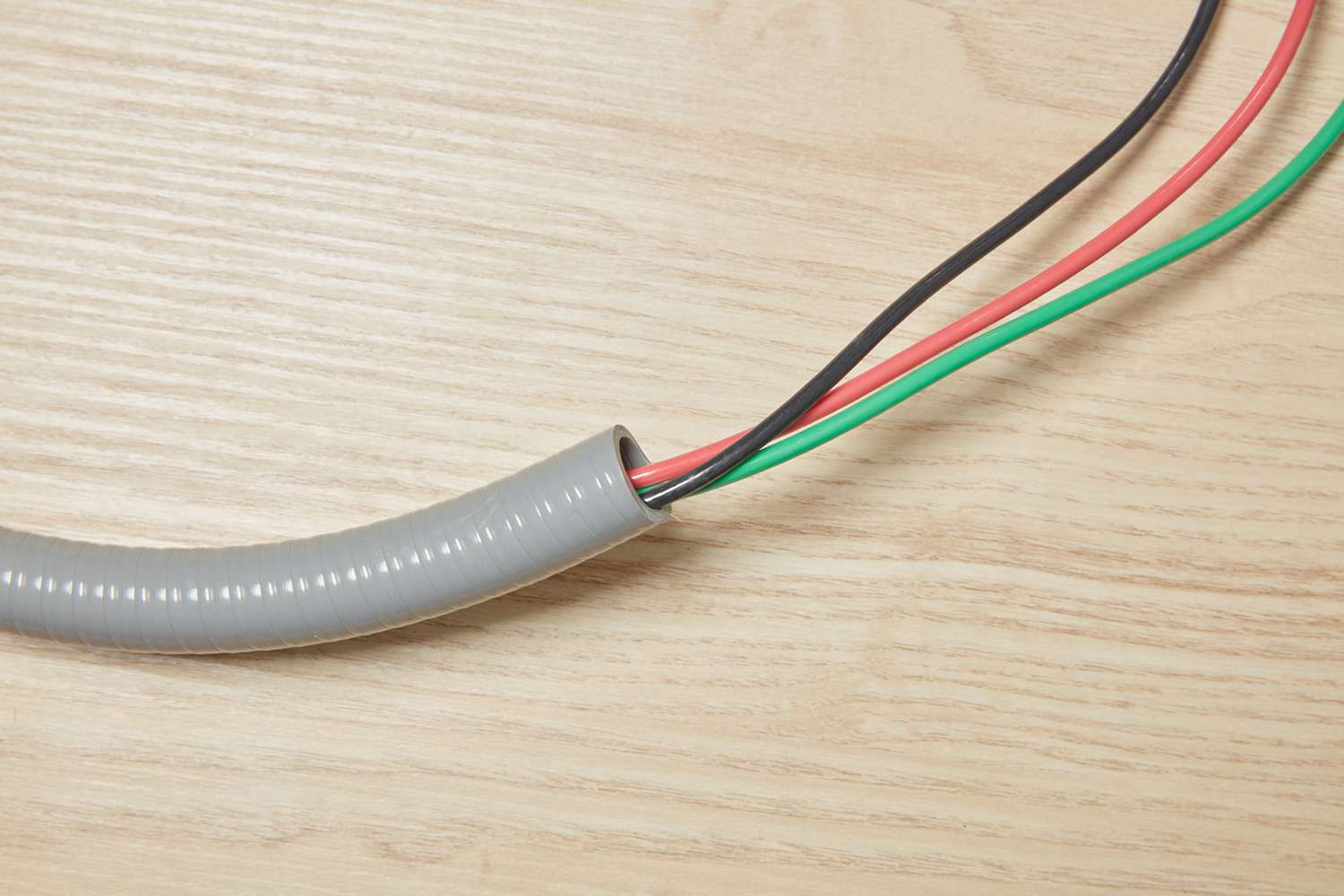

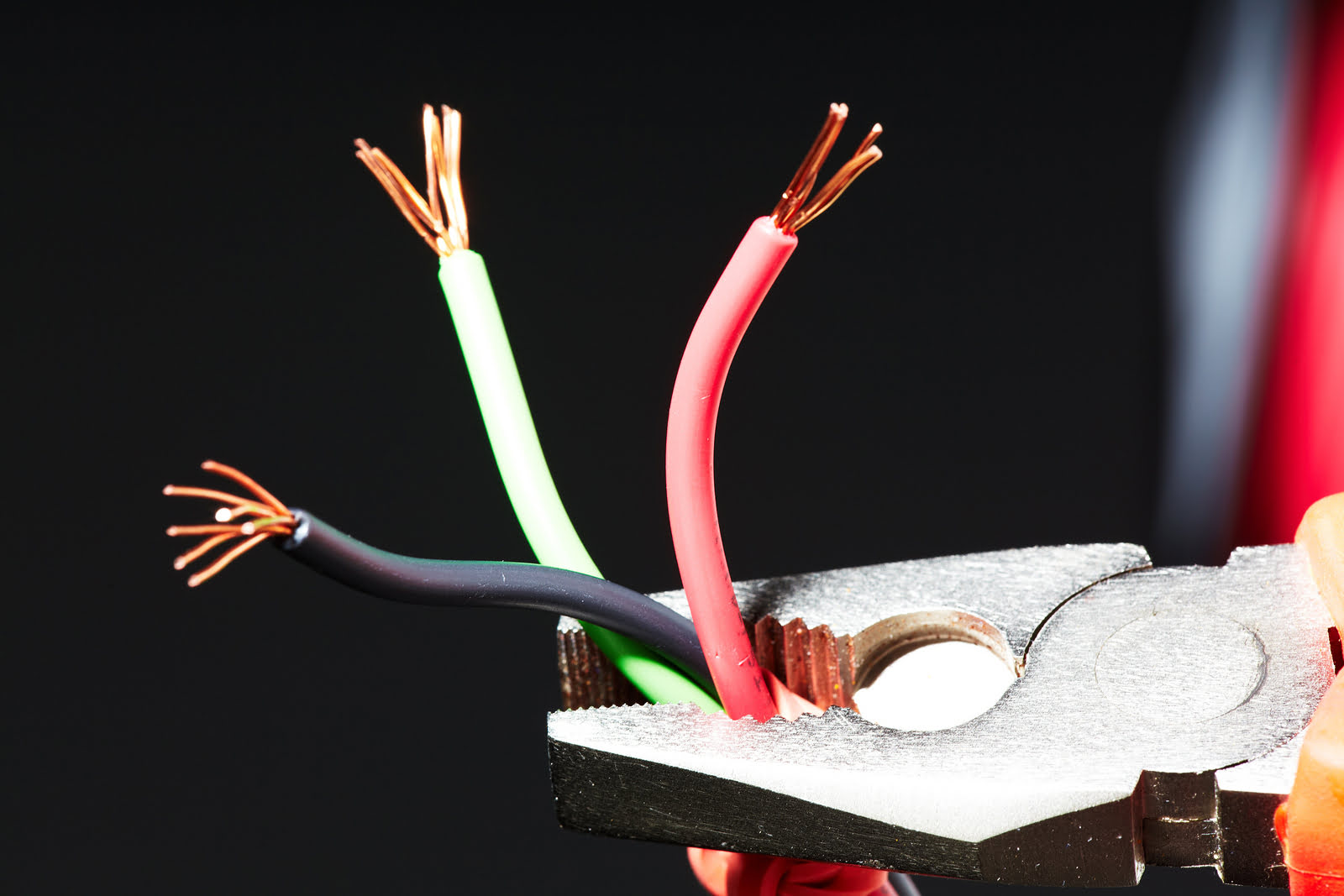
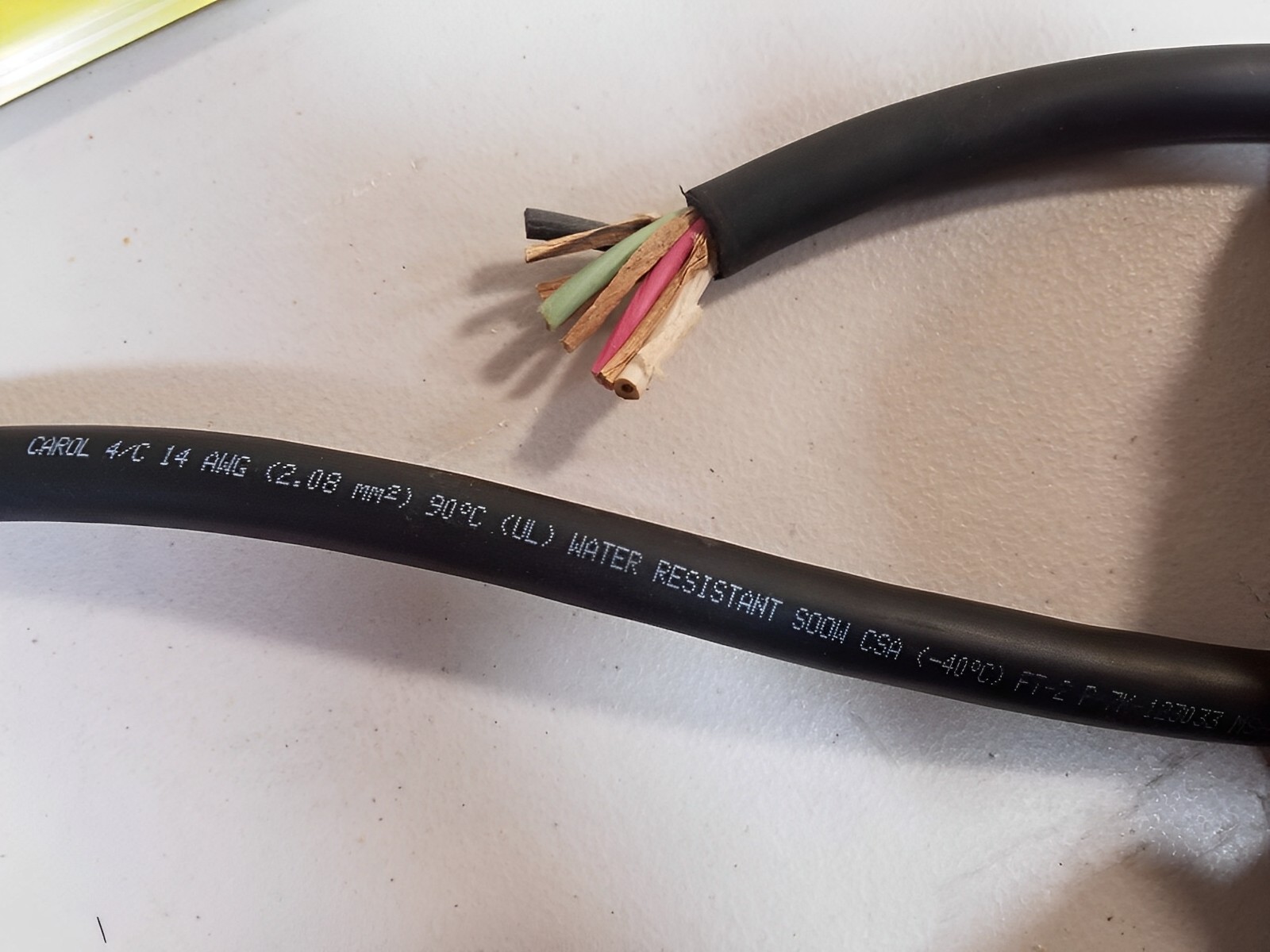
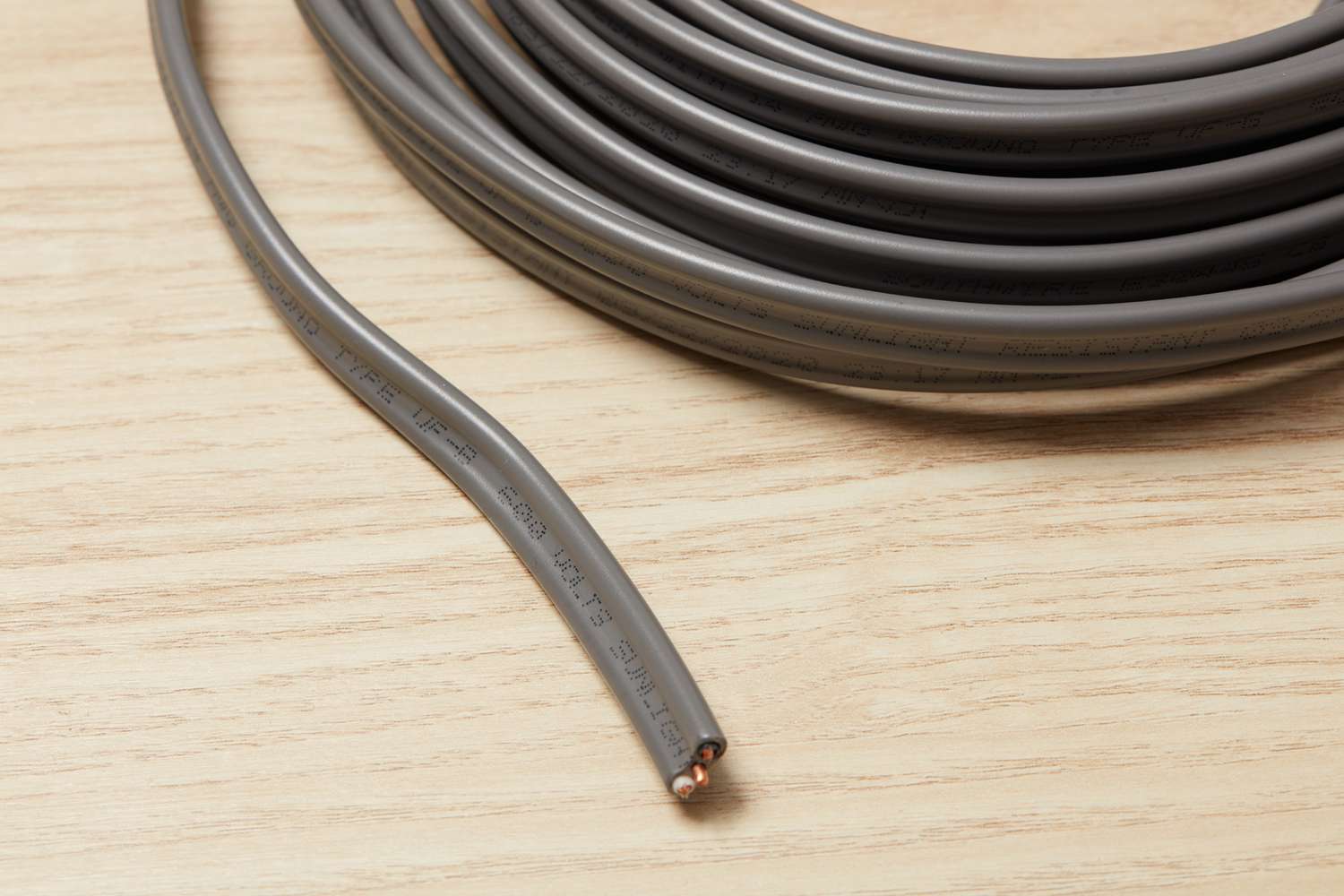


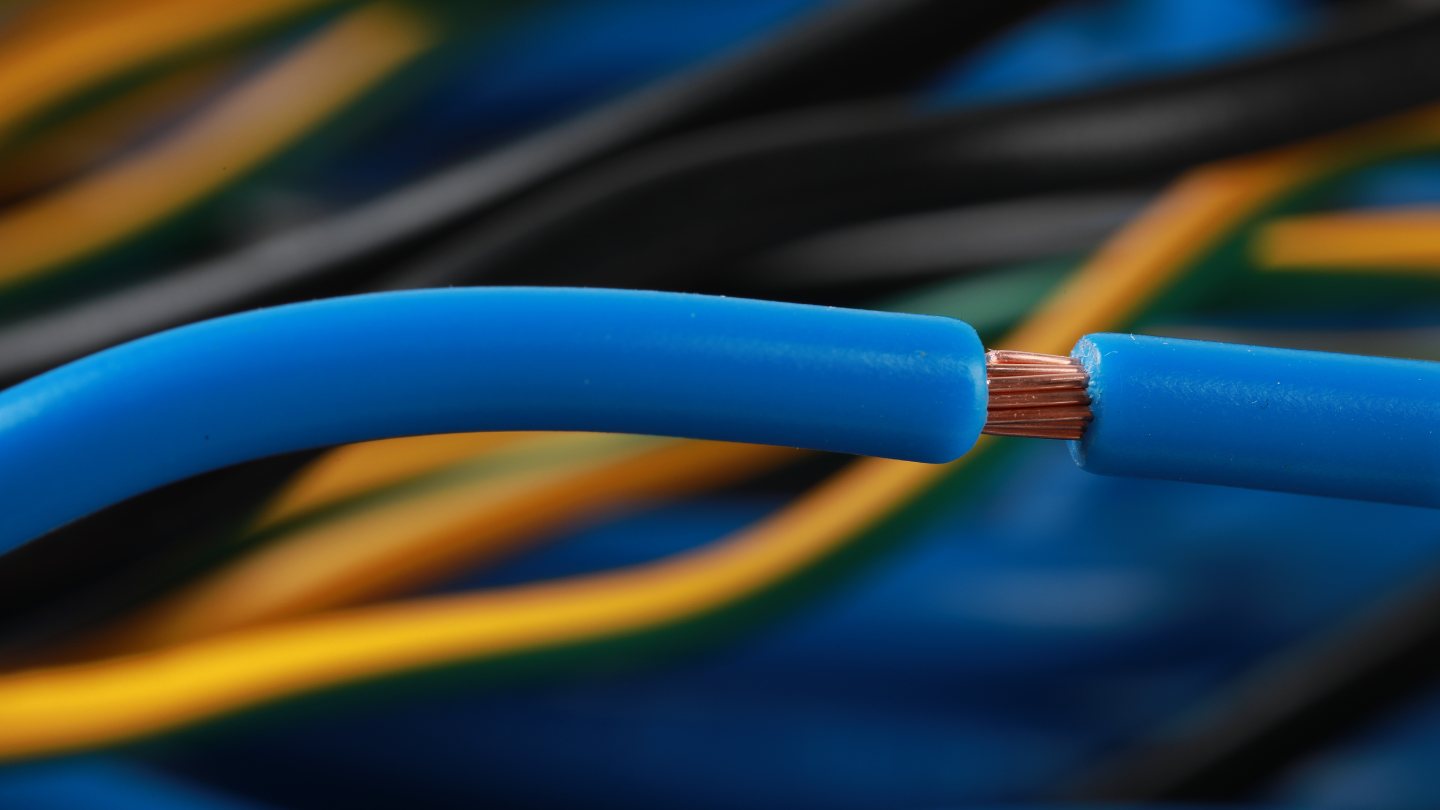
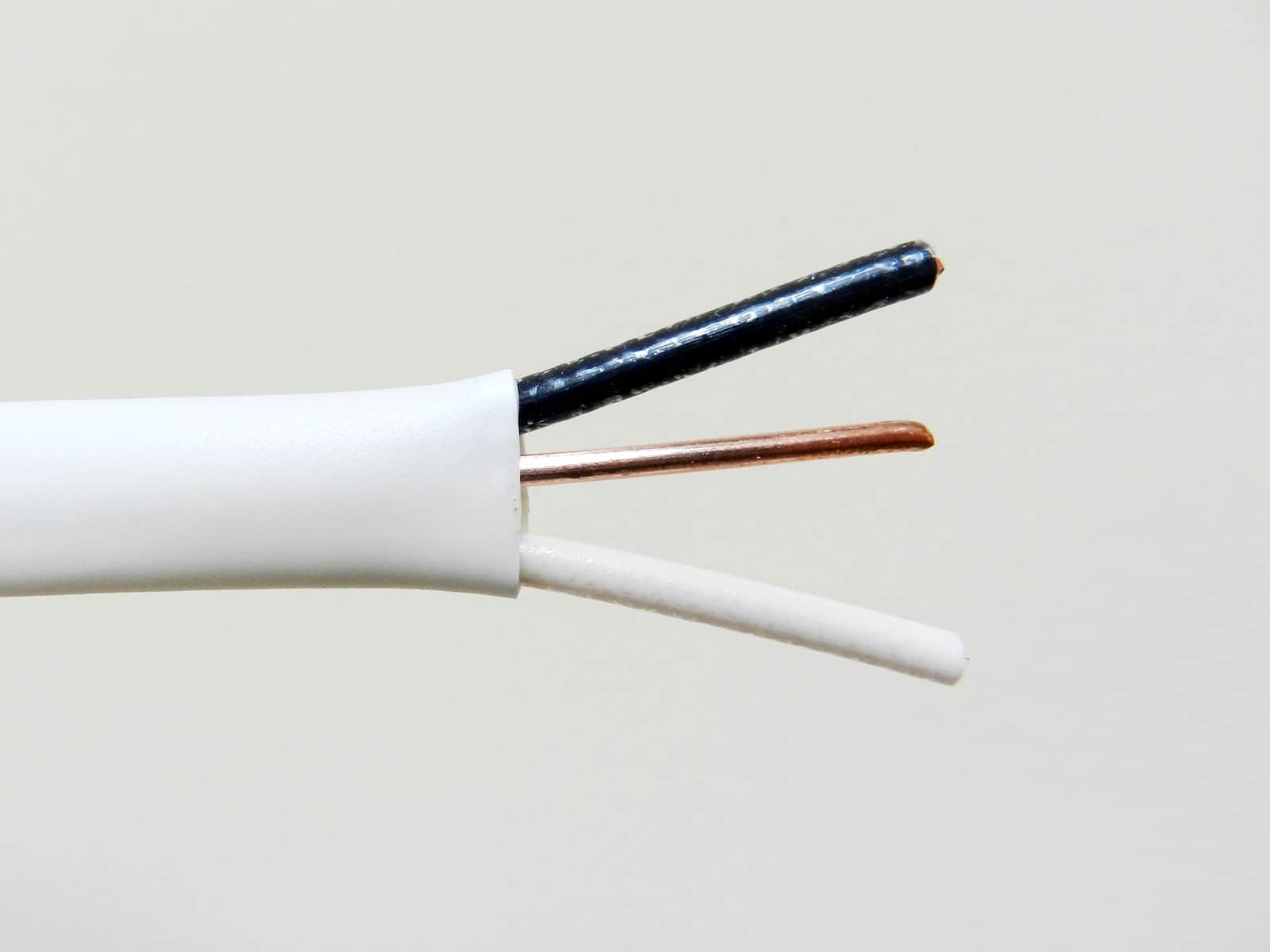
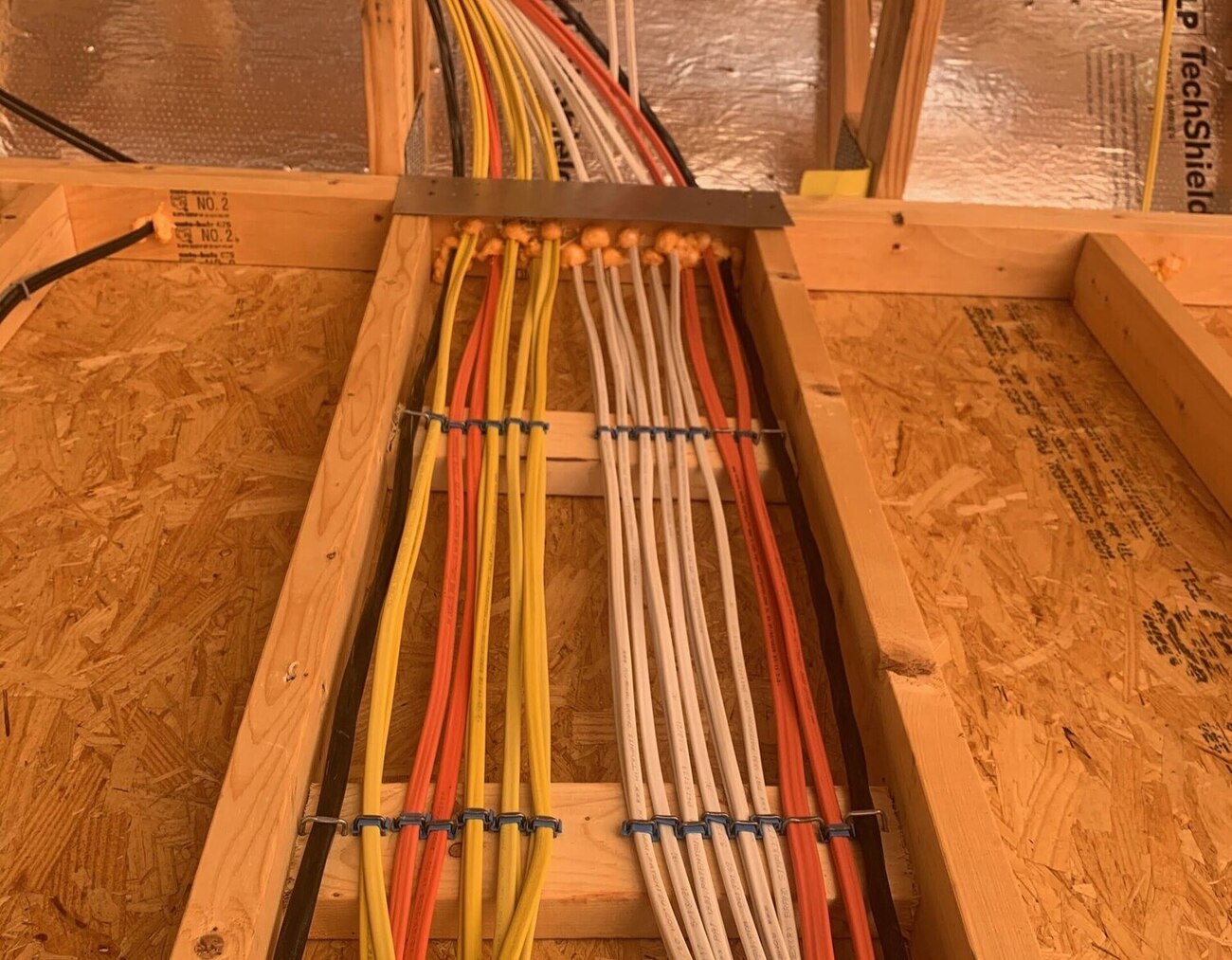
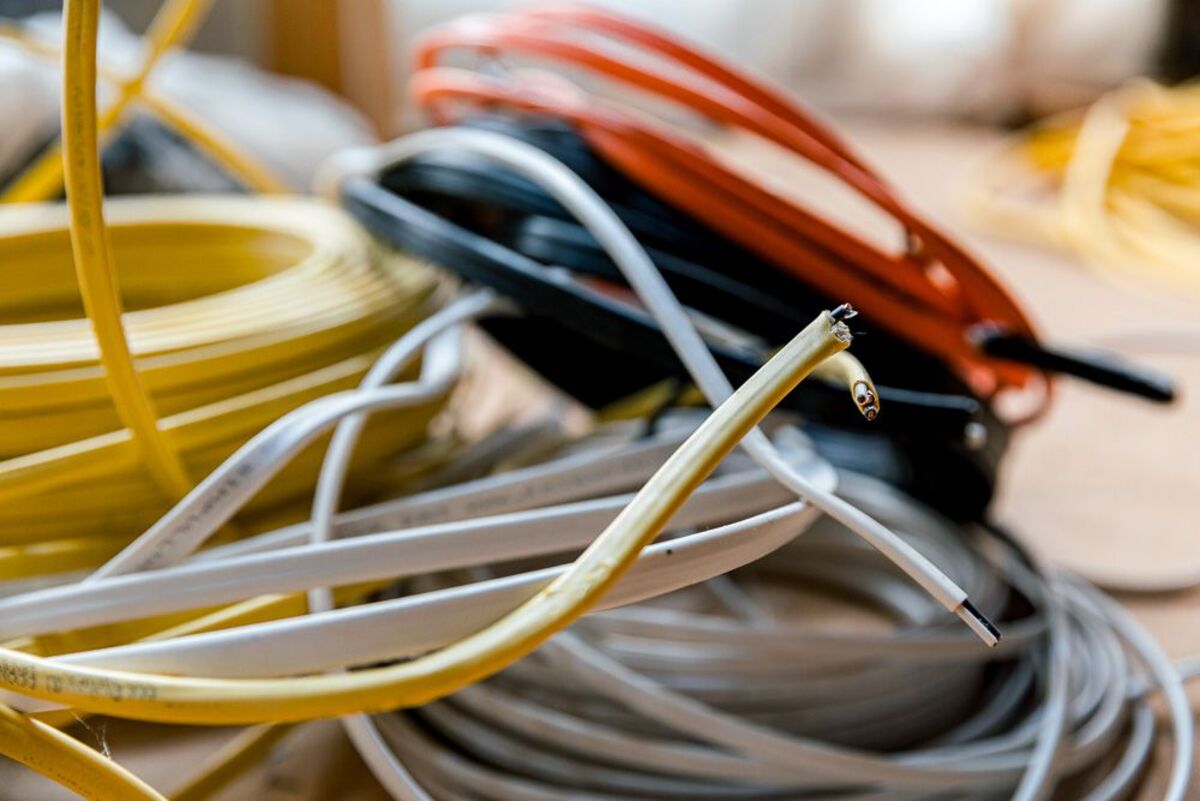
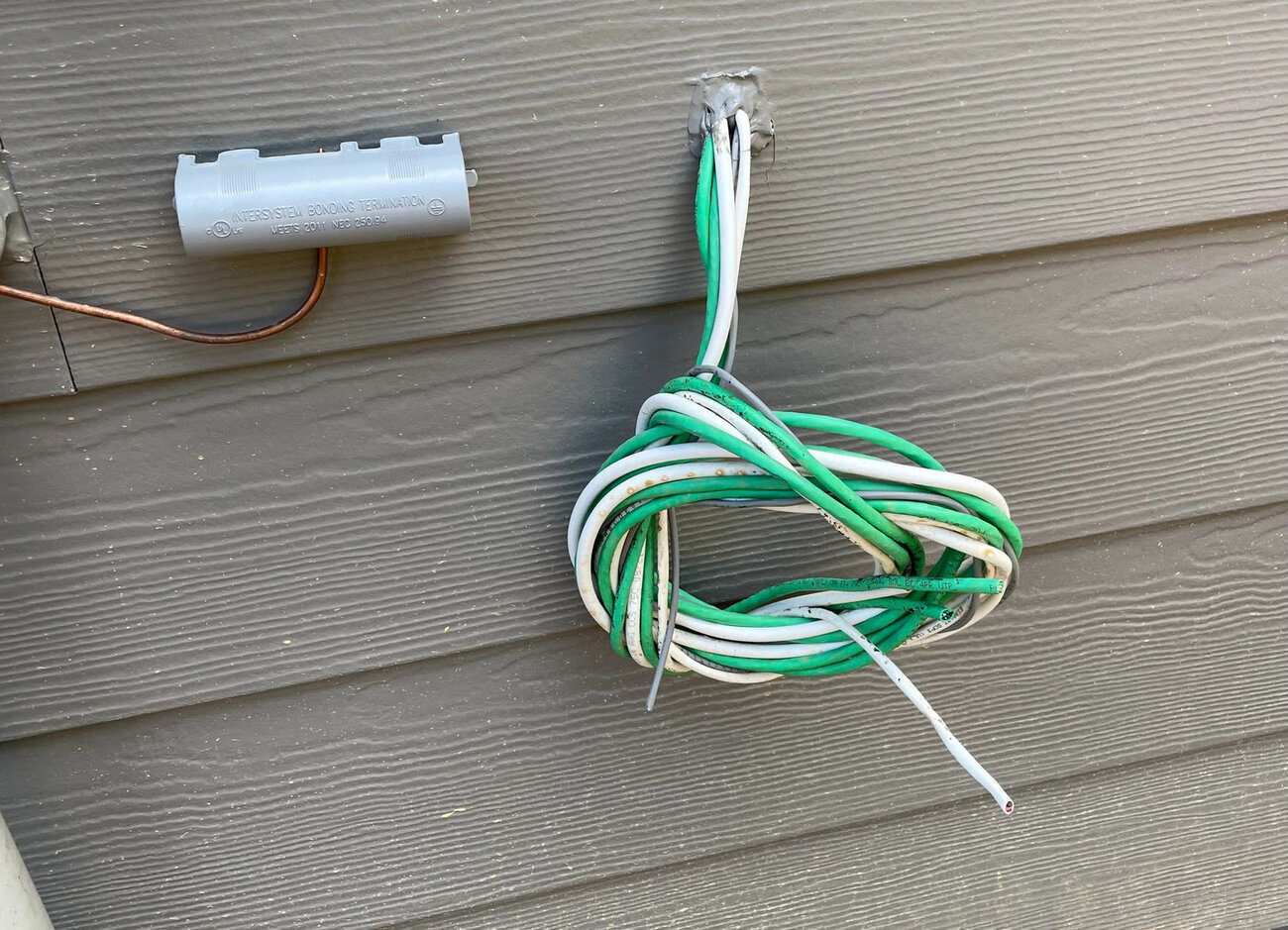

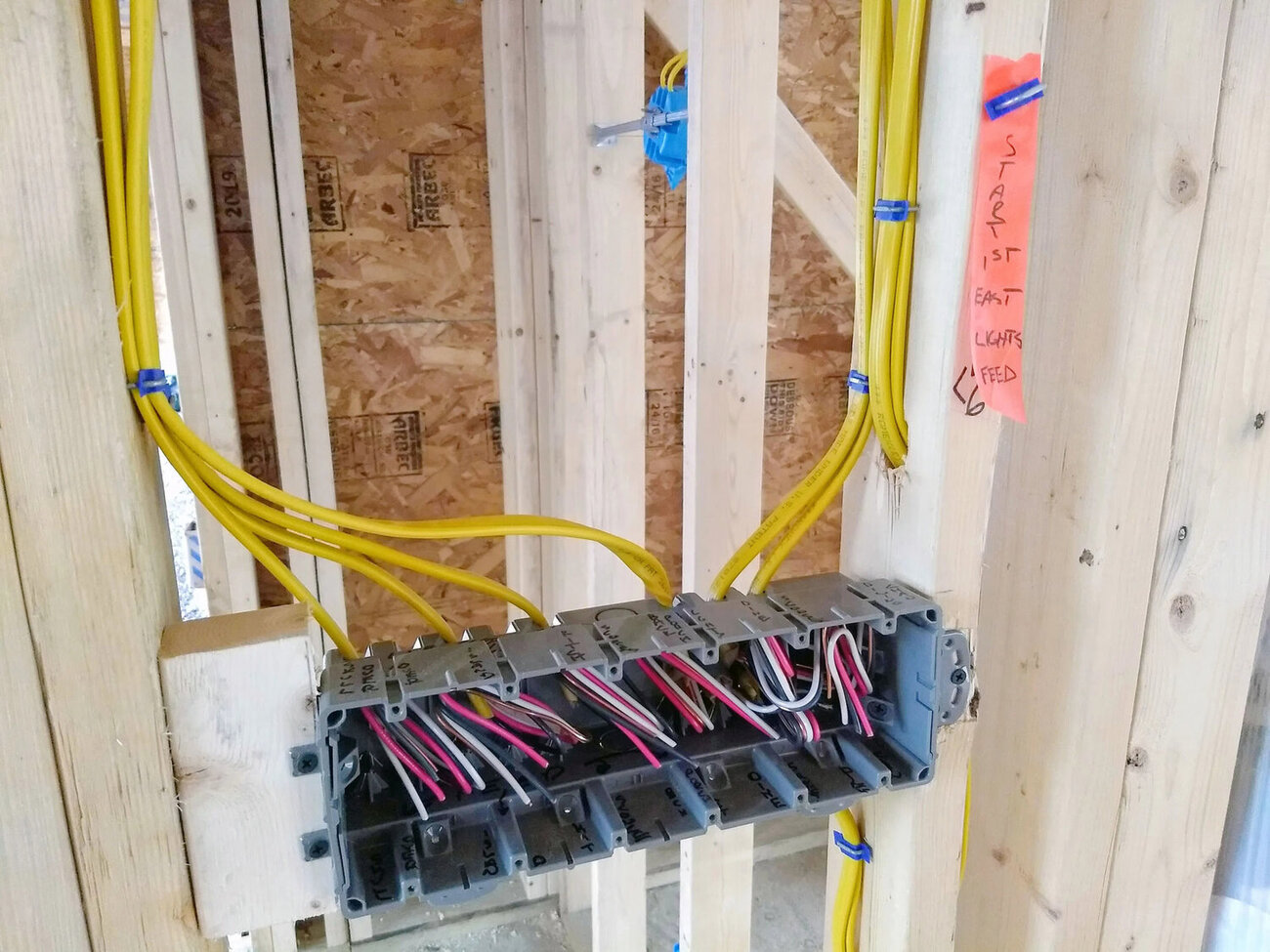

0 thoughts on “What Is A White Electrical Wire”